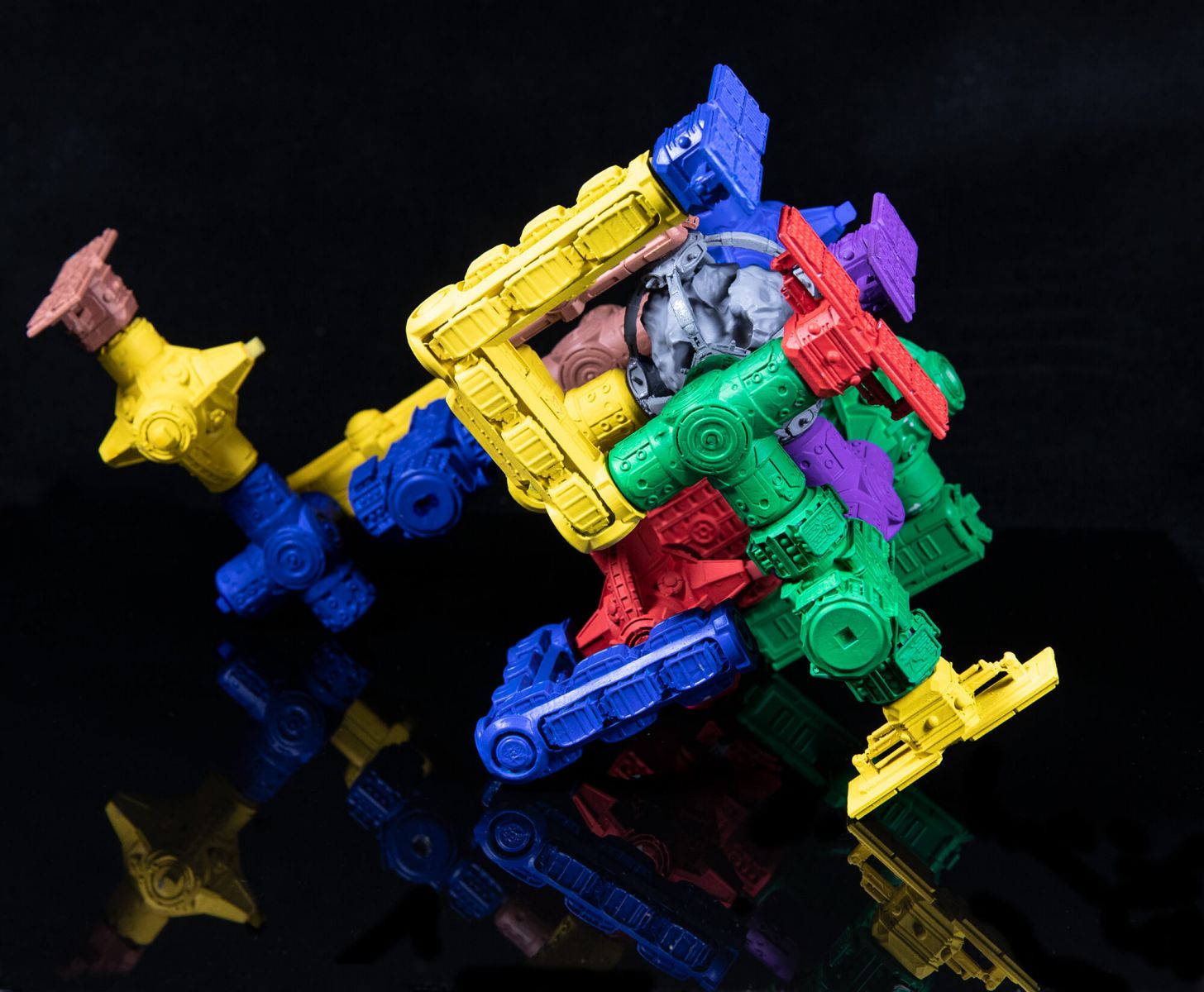Build Your Own Space Station in Startropolis: A Kickstarter First Look

We take a first look at Startropolis, a game in which players each contribute to a space station, adding pieces and building it up. Want a new market zone? How about some luxury housing for the elite?
Build the space station and grow your revenue by making canny choices not just about what to build but also where you build it.
Gameplay
The Startropolis station starts with a core station piece that players will be building out from. At the start of the game one player is given the first player token and another is given the last player token. Each player also starts with fourteen million credits (players may keep their credit amount secret during the game). The game takes place over a series of rounds, the number varying based on player count, and each round has three phases: the purchase phase, the attachment phase, and the revenue phase.
There are six module cards face up on the table. Each module card has a matching module piece which can be added to the space station. When you buy a card you take the matching piece. Each card shows how much it costs to buy it, but you have to spend extra to buy a module card if it is not one of the two cards on the far right. This extra cost is called the rush fee.
During the purchase phase, starting with the first player and moving to the last, each player may choose to do one of three things. They may decline to purchase any, collecting 5 million credits and discarding one of the six face up module cards (paying the rush fee if they discard any card but one of the two on the far right); they may purchase one of the module cards; or they may purchase one of the civic cards (which forms a separate deck and also comes with a module piece to attach to the space station) and discard one of the six face up module cards (again paying the rush fee if needed). At the end of a player’s turn, he always moves all the module cards to fill up the vacant space created by his buying or discarding of the cards, draws a new one, and places it on the far left end.
After each player has taken a turn during the purchase phase, the attachment phase begins. In this phase, players take turns either passing or attaching a module to the space station in reverse order, from last to first. Modules will change your revenue based on their placement, so as you attach modules you adjust your token on the revenue tracker. Your module placement may also affect one or more other players’ revenue as well, so you adjust their tokens on the tracker also, if needed.
Different modules earn you revenue in different ways, and there are six different module types in all. Some will increase or decrease in value based on your turn order that round or based on what modules are attached to them. For instance the luxury habitation modules start out being worth seven million credits per round but lose one million credits for each module attached to it, while the market center modules go up in value for each module connected to it.
Finally, during the revenue phase you earn credits based on your position on the revenue tracker. The player who is farthest behind will now become first player, and the player who is farthest ahead will become last player.
At the end of the final round of the game, the player with the most credits wins the game.

First Impressions
The core mechanic of Startropolis looks tons of fun: building the space station piece by piece, in different shapes, deciding what types of modules you wish to buy, and the strategy of choosing where to place them. The pieces also have creative designs and can attach in numerous ways, which should make the resulting space station even more enjoyable to watch as it comes together each game.
There are a lot of layers to the gameplay and many moments when players will be faced with intriguing choices. Do you spend extra credits to buy the modules that require a rush fee? Which module cards do you discard? Which ones will help other players more? Where do you want to place your module on the space station? Since placement choices can both help and harm other players, you need to place pieces thoughtfully.
All these choices should provide plenty of player interaction and force you to adjust your strategy based on which cards other players purchase, what they build, and where. This should provide plenty of variation each game.
Calculating revenue and keeping track of the changes that can occur each round as now modules are added to the space station does seem prone to slip ups even though you do adjust the revenue tracker each time you place a new piece. Hopefully, the game makes it as easy as possible to remember to watch out for all the possible changes that can occur.
With an unusual setting that translates nicely into unique mechanics, Startropolis looks both fun and brainy, an always enjoyable mix. Check it out on Kickstarter and decide what kind of space station you’d like to build.
Discosure: this preview is based on our first impressions of a draft of the rulebook and game components, which are subject to change prior to publication. We received a modest payment to write this article.




